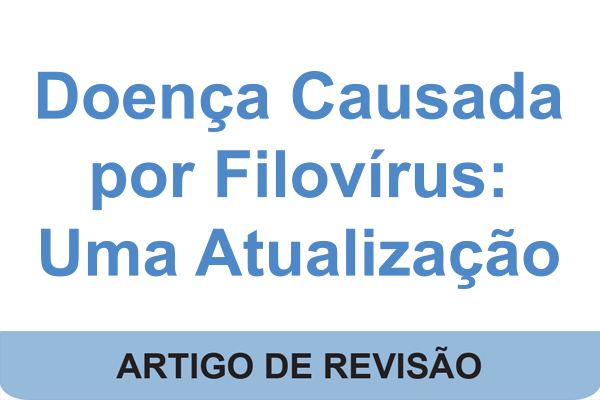SOCIAL MEDIA
Portuguese Medical Association's Scientific Journal

The Marburg and Ebola viruses belong to the Filoviridae family and are known to cause emerging zoonotic diseases. These viruses have a high case fatality rate and are easily transmissible from person to person, which makes them capable of triggering outbreaks, including in non-endemic regions, and are also considered agents of bioterrorism. Fruit bats are the natural reservoirs of these filoviruses. Transmission to humans occurs through direct contact with bodily fluids or tissues from infected animals or humans. The most severe form of filovirus disease manifests as mucocutaneous hemorrhage, often accompanied by multiorgan failure, which is the main cause of death. Traditionally, these diseases are classified in the group of viral hemorrhagic fevers, although this term is being abandoned, as there are not always hemorrhagic manifestations or fever in the patient’s clinical history. Currently, no specific antiviral treatment for filovirus disease exists, and the therapeutic approach consists of supportive measures. However, for the Zaire Ebola virus (EBOV), monoclonal antibodies have already been licensed for treatment and post-exposure prophylaxis, in addition to three vaccines available. Due to the public health importance and the possibility of cases outside Africa, this review aims to improve clinical knowledge and the approach to suspected cases of FD. Improved surveillance and preparedness for potential global outbreaks are essential measures to effectively respond to these public health threats and to ensure that healthcare professionals are well-informed and prepared to deal with these diseases.